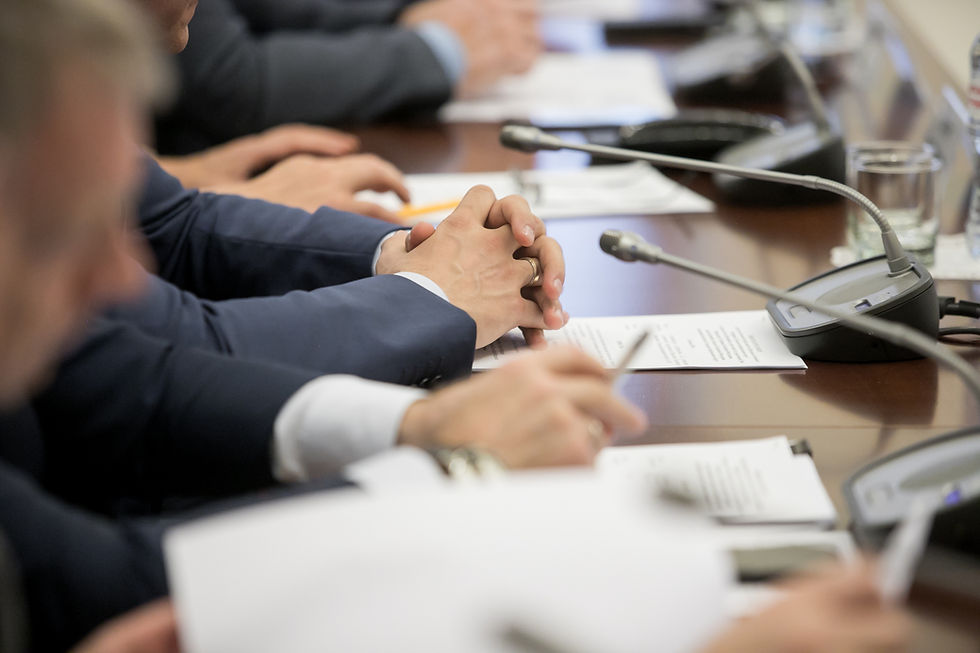The Circular Economy (pt. 1): What Is It?
- Seaside IT
- Jun 14, 2021
- 2 min read
Updated: Jul 19, 2021
Understanding the relationship between sustainability and the circular economy is essential in developing the perspective needed to take action in environmental and social challenges.For those who are looking to learn more, this blog series will introduce key concepts related to circular economy and its relationship with sustainability.
The circular economy is often explained as closing the loop. But what does this actually mean? The circular economy is a sustainable business strategy that pushes companies to rethink the way they are operating to retain value. By using circular supplies or recyclable inputs, companies can minimize waste by reusing everything they produce. This closes the resource loop by keeping the materials used within the supply chain, rather than landfills or oceans. The companies would be engaging in processes like extending product life cycles through repairing as well as new innovative sustainable designs.
In a circular economy, consumption and production habits are designed to promote the reusing of goods. This is seen in models for renewable goods through the process of rethinking, reducing, repairing, and recycling/upcycling. Business models that follow the theory of reusing could generate four times more jobs than waste treatment, disposal, and recycling initiatives. According to the Conference Board Center for Sustainability, strengthening investments in initiatives promoting the circular economy has the potential to create hundreds of billions in savings and create 580,000 jobs.
The circular economy model is different from the traditional linear economy model. This model prioritizes the system of taking, making, using, and discarding items at an accelerating rate. Across industries, the linear economy is displayed as corporations are creating products that are made to be trashed within a few years. Some examples include coffee cups, plastic bags, fast fashion clothing, and technologies that rely on consistent upgrades (smartphones, laptops, etc). In fact, only 1% of materials for production are still used after six months from sale. This translates into 99% of things we buy are trashed within the first six months of buying. Clearly, change is needed.
With the global pandemic, economic activity took a massive downturn. However, in light of this unfortunate situation, the European Union has taken advantage of this pause in activity to transition its linear economic model to a more circular one after the pandemic through initiatives such as the Green Deal. This economic growth plan replaces the traditional polluting infrastructure in the EU with a more efficient one across their economy.
Here at Seaside Sustainability, we have taken action to create positive change. Our Marine Shrink Wrap Recycling Program is designed to be the first step in closing the plastic shrink wrap waste loop for boat owners in Gloucester, MA as well as neighboring communities. This program is free and allows for these plastic boat coverings to be recycled for future use, rather than become a part of the plastic debris. Find out more about our recycling containers here.



